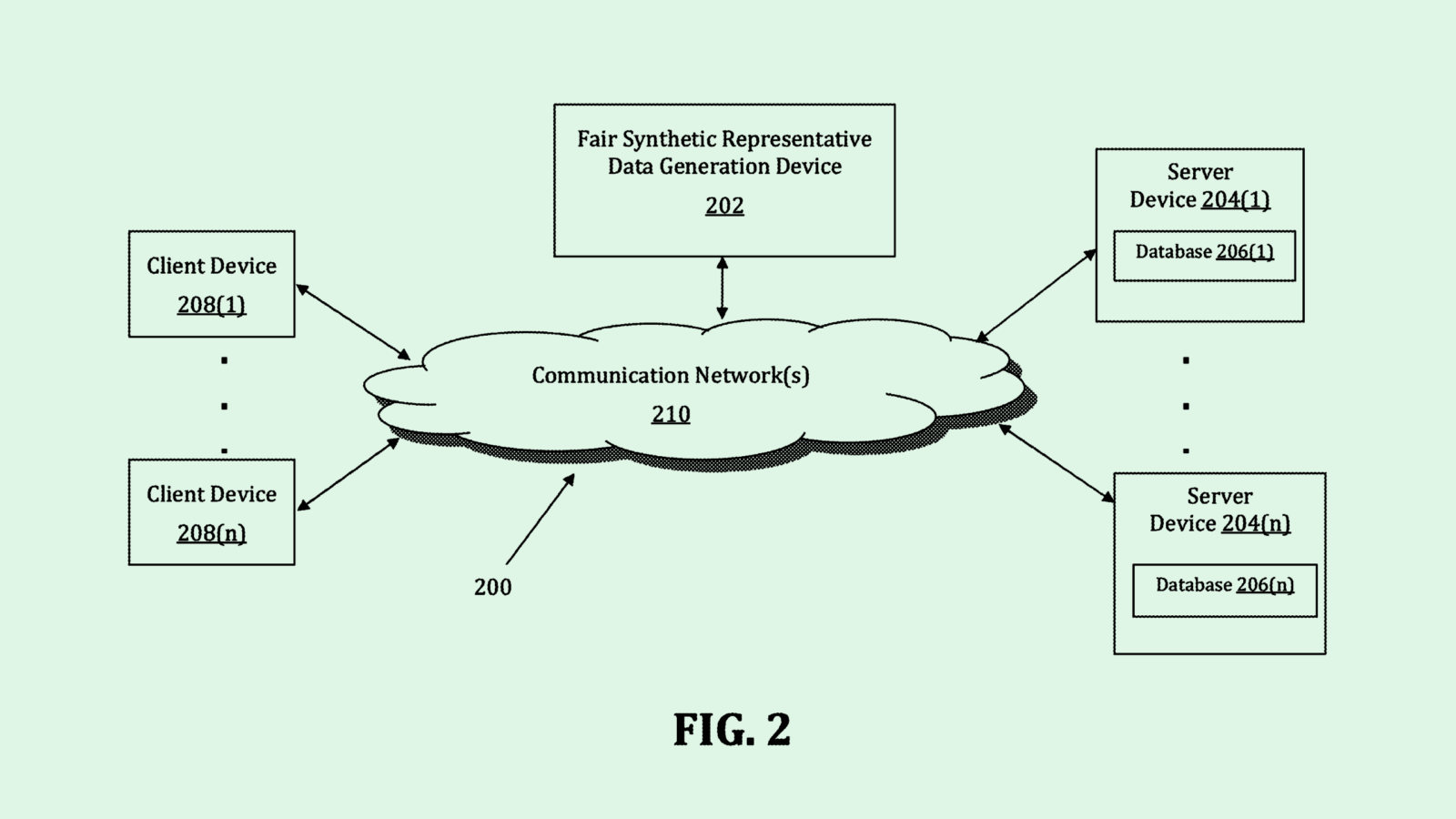Happy Monday, and welcome to CIO Upside.
Today: Amazon continues to build out its data center footprint as the AI race pushes cloud demand to new heights. Plus: Why some industries need AI skills more than others; and JPMorgan Chase makes sure synthetic data is up to snuff.
Let’s get into it.
Amazon Ups Its AI Infrastructure Ante

Amazon is the king of cloud – and seems intent on not letting that title go.
In recent weeks, the company has pledged to aggressively expand its data center footprint. In the US, Amazon last week announced plans to invest $10 billion in new data centers in North Carolina, creating roughly 500 jobs in the state. And overseas, it committed to building out facilities in Chile, New Zealand, Saudi Arabia and Taiwan.
Its eye-popping investments “whittle away the people that can’t ante up,” said Trevor Morgan, senior vice president of operations at OpenDrives. “My suspicion is, for them, this is positioning. It forces the fringe players to back off or partner with Amazon.”
As the cloud industry continues to heat up in the face of massive AI demand, continuing to build out infrastructure only makes sense, he added. Though AWS still has a stranglehold on the cloud market, the company has started to lose some ground: It held 29% of the market in the first quarter of this year, compared with 31% a year before, according to CRN. In its most recent earnings report, the company’s cloud revenue fell short of expectations for the third quarter in a row. Competitors like Microsoft and Google, meanwhile, have started to gain ground.
For enterprises, however, increased cloud resources, AI infrastructure and redundancy only bode well, said Morgan. Many may just see this as another reason to stick with AWS as their cloud provider – or to migrate over. The expansion overseas could be especially attractive to multinational enterprises, he noted.
“For enterprises, they just see this as expansion,” he said. “That just gives them more options within the Amazon ecosystem.”
One Less LLM
With its cloud resources, why hasn’t Amazon made a play to join the likes of Google, Meta or OpenAI in creating its own foundational language models? It’s likely that the company sees more benefit in being a “peripheral player,” said Morgan.
- Large language models are expensive to build, he explained. And with adoption still in the early days, seeing significant return on that investment may take longer than Amazon is willing to wait.
- Providing its cloud infrastructure as a foundation to build these models, however, has become a far more lucrative business for the tech giant.
- “(Amazon’s) outcomes probably aren’t fully actualized by coming up with a competing language model,” said Morgan.
Plus, when it comes to the “build or buy” equation, it’s likely the company sees more benefit in AI partnerships, such as its longstanding partnership and $4 billion investment in Anthropic, rather than taking the DIY approach, said Morgan.
“For them, partnering or leveraging somebody else’s model, and building out the infrastructure, the marketplace and the things around that, is probably where they’re going to get their return on investment,” he said.
Create How-To Videos In Seconds With AI

In today’s era of Slack and remote work, endless time is spent repeating the same explanations to different stakeholders.
Guidde’s AI eviscerates this friction with stunning video guides in seconds, speeding up workflows by 11x:
- Turn boring docs into visual masterpieces.
- Save hours with AI-powered automation.
- Share or embed your guide anywhere for cross-team functionality.
It couldn’t be easier: simply click capture on the browser extension, and Guidde auto-generates step-by-step video guides with visuals, voiceover, and a call to action.
The best part? It’s 100% free.
Which Industries Need AI Skills the Most?

AI is changing some industries more than others.
A recent report by consulting giant PricewaterhouseCoopers suggests that demand for AI skills has accelerated in three sectors in particular: IT and communications tech, professional services and finances. AI skills requirements in “physical industries,” meanwhile, are lagging behind as those sectors still consider their best path forward for adoption, said Scott Likens, global chief AI engineer at PwC.
The industries where demand for AI skills is high were quickly introduced to the “first wave” of generative AI that occurred in 2022, he said. They are “so exposed to AI,” he said, “just because of the nature of the work they’re doing,” which includes tasks that GenAI is very good at:
- “Those industries really stand out as the ones that can immediately tap into information, which immediately can provide value on the other end.”
- Sectors such as manufacturing, oil and gas and healthcare, meanwhile, are still trying to figure out where AI fits in, said Likens. Advancements are occurring in areas such as robotics and embodied AI, he noted, but the change “hasn’t hit the jobs yet.”
AI’s rapid development, meanwhile, has created a gap between the talent available on the market and what enterprises need, said Likens. Education has yet to catch up to the shift.
“It’s not a well-worn technology where we’ve got grads and undergrads coming out of school with experience,” said Likens. “We’re still changing the university curriculums, let alone having people with 10 years of experience in this area.”
So how can enterprises reckon with the skills scarcity? A combination of upskilling and talent acquisition, he said. Along with educating workforces on how to get the most out of AI deployments, organizations need to seek out the “new thinkers” that are capable of leading those transformations.
One challenge is finding people that are “bilingual”: fluent both in the language of AI and the specific industry that an enterprise is operating in, said Likens. Finding a tax accountant who’s also an AI expert, for example, is harder than finding someone who’s good in either area individually.
“This is not just about technologists,” said Likens. “There’s not enough of those people to fill the need.”
JPMorgan Chase Patent Tackles Synthetic Data Bias

The devil is in the data when training a machine learning model.
And banking giant JPMorgan Chase wants to make sure that its data stays as balanced as possible. The company is seeking to patent a system for “generating fair synthetic representative data,” from a larger set of real data for training a machine learning model.
Chase’s system aims to create synthetic data that mimics real data in statistical accuracy, demographic information and “demographic parity,” such that no group is unfairly favored in the dataset.
To do this, Chase’s system collects demographic information, features used in decision-making (such as income or education) and outcomes for each data point in a larger set, and uses those to make a synthetic dataset that mimics the original as closely as possible. The system then ensures demographic parity by assessing and adjusting the weights of the synthetic data.
“This proliferation of machine learning applications has highlighted the need to mitigate inherent biases in the data, as these biases can significantly impact the equity of machine learning models and their decisions,” Chase said in the filing.
Compared with many financial institutions, Chase has dived headfirst into AI. The company rolled out a generative AI assistant dubbed LLM Suite last year and deployed AI in its call centers. The company claimed in recent weeks that AI could help it reduce headcount by 10% in operations and account services.
Since data is the core of an AI model, a system such as the one Chase is developing helps financial institutions insulate models from bias. That’s particularly important for banking tasks like loan approvals, in which bias has historically harmed certain groups of would-be borrowers. Tech like this could help the company forge ahead with its AI goals, while mitigating some of the associated risk.
Extra Upside
- Meta Investment: Meta is reportedly in talks to invest more than $10 billion in startup Scale AI.
- Out of Optimus: Milan Kovac, Tesla VP in charge of the company’s humanoid robotics division Optimus, announced that he’s leaving the company.
- Siri-ous Roadblocks: Apple has reportedly struggled to roll out the AI-powered update of its Siri assistant, leading to delays.
CIO Upside is a publication of The Daily Upside. For any questions or comments, feel free to contact us at team@cio.thedailyupside.com.

